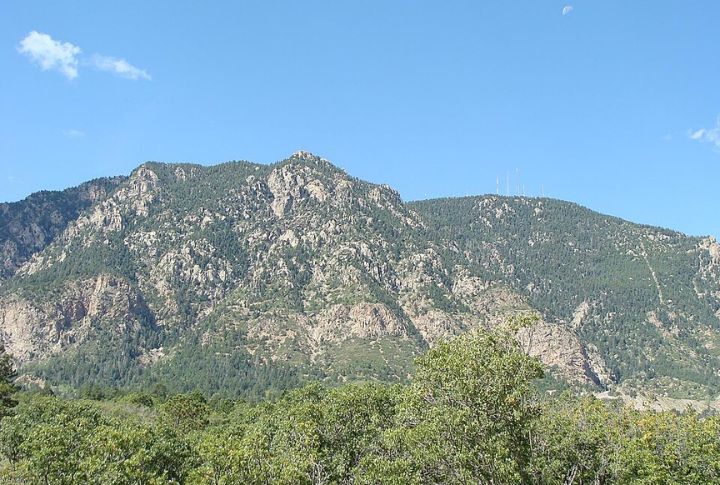
Deep inside Colorado’s Cheyenne Mountain sits one of the most secure and secretive bunkers ever built. Few know what it was designed for or what still happens inside today. Curious to know what lies behind those 25-ton blast doors? These 10 facts pull back the curtain on a truly extraordinary place.
NORAD Still Operates From Within The Mountain
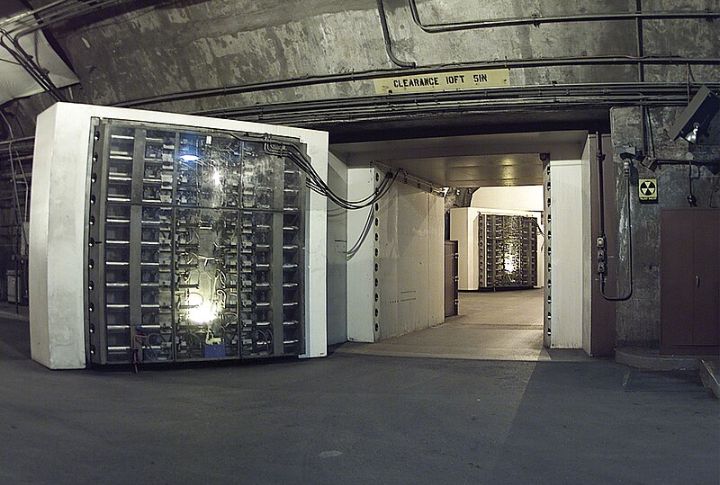
Cheyenne Mountain remains an active backup command center for NORAD. Though primary operations moved, missile warning and airspace control systems still function here. This facility is kept on warm standby and can resume full operations within hours if needed.
Blast Doors Can Withstand A Nuclear Blast And Seal In 45 Seconds
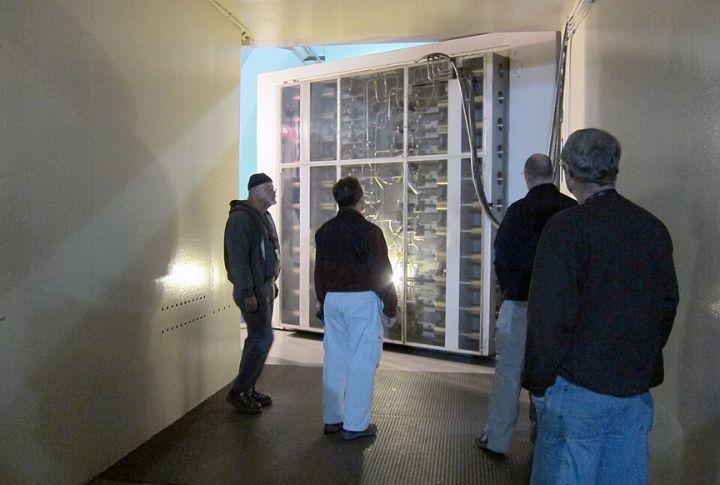
Each blast door weighs 25 tons and is built to withstand a 30-megaton nuclear blast. They can be sealed in under a minute. One door always remains open to prevent pressure lock-in. The hinges alone weigh over 1,500 pounds each.
The Facility Sits Under 2,000 Feet Of Solid Granite
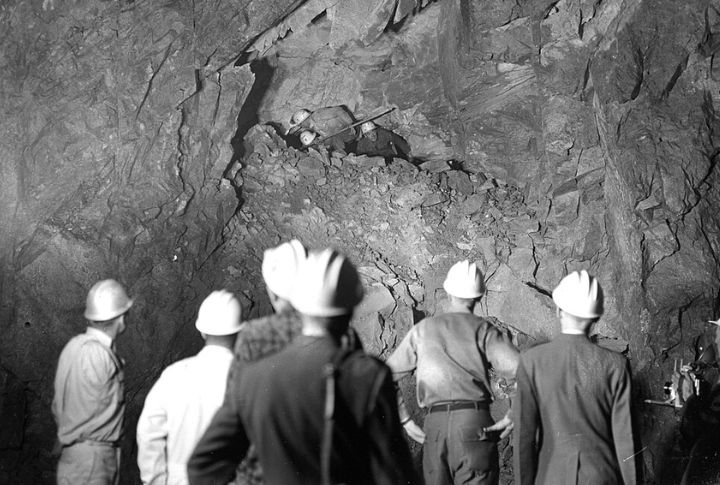
Cheyenne Mountain was carved under 2,000 feet of granite to shield against nuclear strikes and electromagnetic pulses. Over 693,000 tons of rock were removed. Granite’s density and shock absorption made it ideal for housing sensitive military technology and protecting national assets.
It Was Built To Survive

The facility was designed during the Cold War to survive direct hits from massive nuclear weapons. Power, air, and water systems operate independently of each other. Buildings inside rest on shock-absorbing structures, allowing Cheyenne Mountain to remain operational during large-scale nuclear or EMP attacks.
12 Underground Buildings Float On Giant Springs
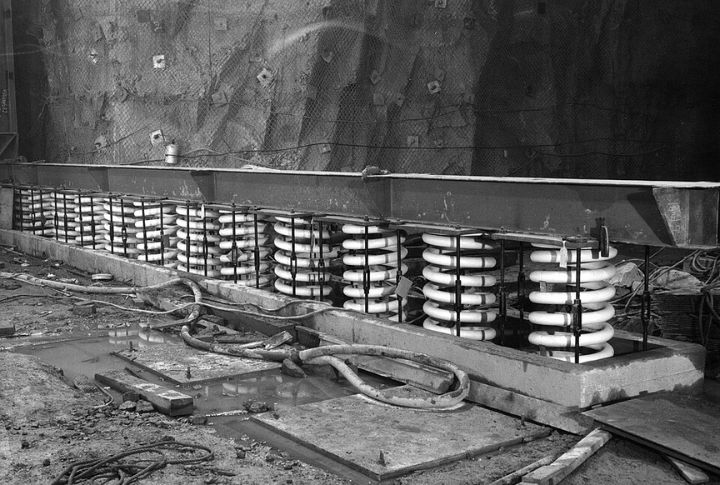
12 buildings inside Cheyenne Mountain rest on more than 1,300 massive steel springs. Each spring weighs around 1,000 pounds and helps absorb seismic shock from explosions. These structures can move up to a foot in any direction during high-impact events.
Cheyenne Mountain Has Its Own Lake And Water Supply
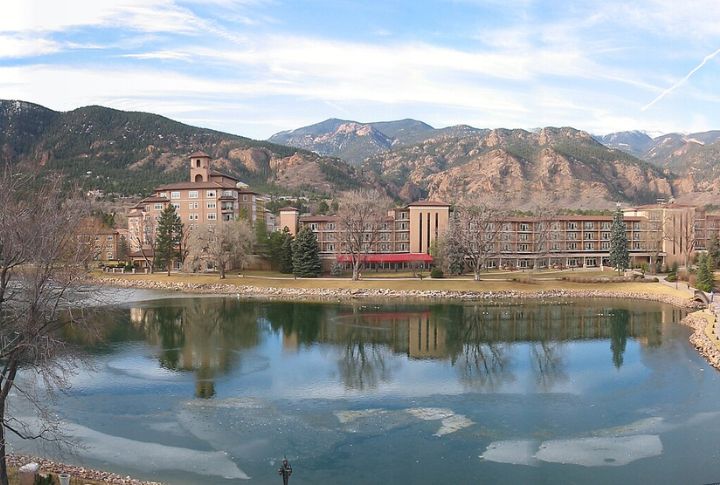
Inside the complex is a manmade reservoir holding 1.5 million gallons of water. It supplies the entire facility and cools key systems. The water can be filtered and reused, giving the bunker long-term self-sufficiency in a sealed-off emergency scenario.
Hundreds Of People Could Stay Inside For Months

Cheyenne Mountain was designed to house over 600 personnel for extended lockdowns. It includes a cafeteria, medical center, gym, and chapel. Everything is built underground and hardened. The facility can support life inside for 30 days without any external support.
The Complex Is Shielded Against Electromagnetic Pulses
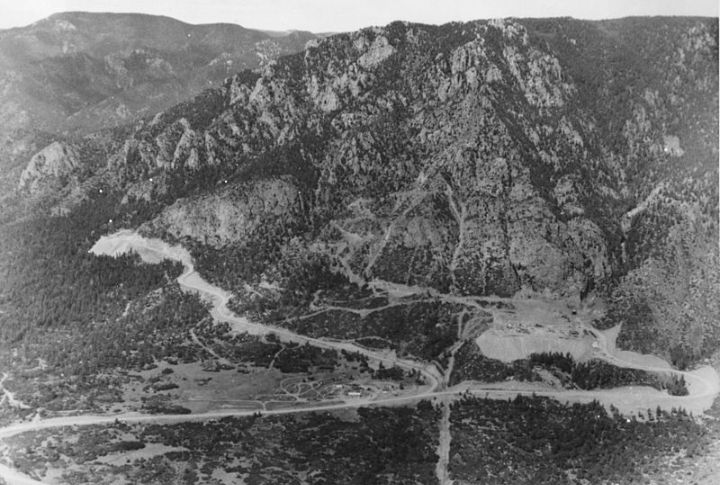
To protect sensitive systems, the entire facility is encased in a Faraday cage. This shielding prevents external electromagnetic pulses from damaging electronics. EMP attacks could cripple cities, but Cheyenne Mountain remains isolated, preserving communications and military functions even after such strikes.
The Bunker Was Renewed For Use In 2015 Due To Cyber Threats
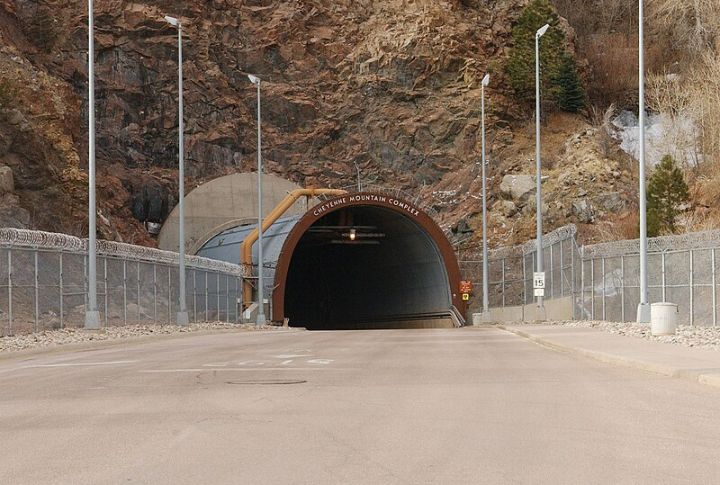
In 2015, operations moved back into Cheyenne Mountain due to rising cyber and EMP risks. Ironically, the older tech is safer from hacking. The original 1960s infrastructure remains reliable, and systems continue to run with strong cybersecurity protocols in place.
The Tunnel Entrance Stretches Over A Mile Long
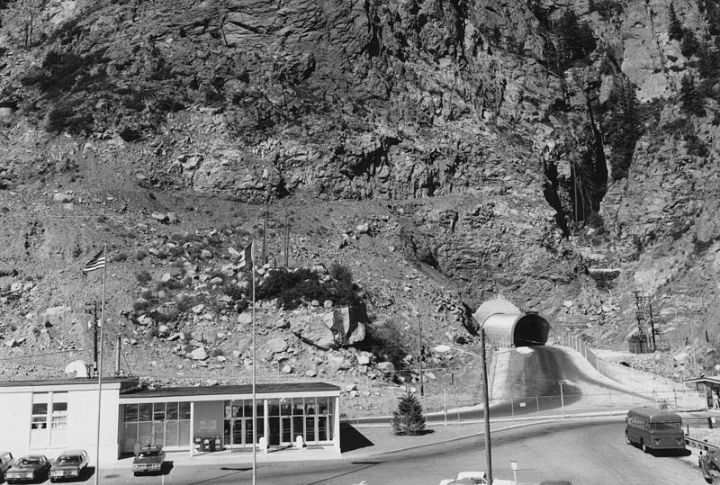
To enter the complex, vehicles must travel through a 1.5-mile tunnel. The approach is heavily guarded and monitored 24/7. Inside, temperatures remain steady year-round. This tunnel leads directly to the massive blast doors that protect the entire military installation. It takes over 3 minutes to drive through.
